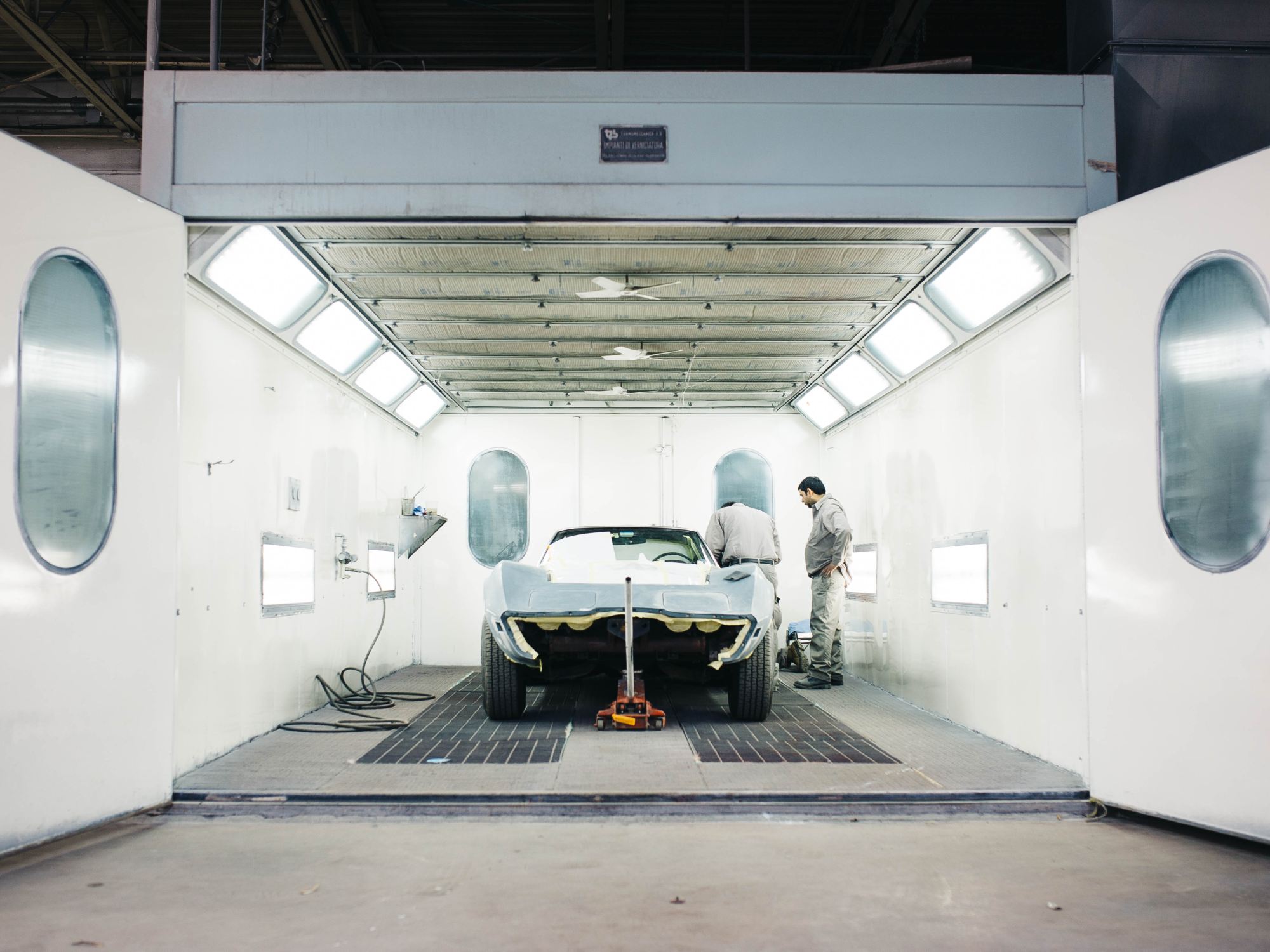THE INDUSTRIAL IOT (IIOT) IS SPREADING ACROSS MULTIPLE VERTICALS, BUT ORGANISATIONS MUST MAKE SURE THEIR NETWORK AND SECURITY INFRASTRUCTURE IS UP TO THE JOB.
Though still at a relatively early stage of its development, the industrial Internet of Things (IIoT) is on the cusp of rapid and large scale expansion. Public and private sector organisations are discovering new ways for connected devices, real time data collection and analysis to help them improve existing processes and operations.
THE INDUSTRIES OF INDUSTRIAL IOT
Key vertical sectors for IIoT adoption include automotive, healthcare, retail, agriculture, manufacturing and utilities, with a bridge between industrial and consumer IoT being built by evolving smart cities that use the technology to deliver a range of consumer services.
Most smart city projects are focused on using IIoT to optimise the delivery of essential utilities such as water, electricity and gas, but many councils are also interested in deploying automated sensors to dim public lighting, monitor weather and road conditions, optimise the fleet management of waste disposal services and also deliver free WiFi in public spaces for example.
Forecasts from Juniper Research suggest that the development of smart grids linked to smart cities will result in a collective saving to the world’s citizens of US$14bn by 2022, driven by smart meter rollouts, energy-saving policies and sensing technologies to improve grid and electricity usage, reliability and efficiency. The majority of smart city rollouts to date have been in the US and Asia, but continental Europe is starting to catch up whilst urban councils in the UK too are at the beginning of their own smart city transformation projects.
SMART CITIES
One is Bristol, enabled by a joint venture between the city council and the University of Bristol which have invited private sector companies to contribute thought leadership and infrastructure. The Bristol initiative is currently exploring a variety of different smart city applications using a range of different sensors and networks. Participants will use their own smart phones and GPS devices to provide information on energy, air quality and traffic flows in the city centre for example, with various digital inclusion activities provided over a series of wireless and mesh networks enabled by SDN/NFV technology.
Other UK smart cities include London, Glasgow, Edinburgh, Brighton, Liverpool, Oxford, Birmingham and Milton Keynes, whilst the CityVerve and Smart City project in Manchester is currently providing a test bed along the Oxford Road corridor for companies wanting to develop and deliver IoT services around energy usage, water quality, public transport, street lighting, healthcare, waste services and education.
MANUFACTURING LEADS THE WAY
Arguably the industry that has led IIoT adoption to data is manufacturing however, as factories and product facilities are equipped with a range and volume of equipment and technologies. Everything from GPS and RFID tracking devices to temperature, humidity and air pressure sensors – in parallel with cloud computing and artificial intelligence to optimise existing processes.
“Interest is growing in improving automation in operational processes through the deployment of intelligent connected devices, such as sensors, robots and remote connectivity, often through cloud-based services,” stated Gartner research director Ruggero Contu. “This innovation, often described as Industrial Internet of Things (IIoT) or Industry 4.0, is already impacting security in industry sectors deploying operational technology (OT), such as energy, oil and gas, transportation, and manufacturing.”
Most of that activity is being driven by process optimisation to increase the efficiency of production systems. but manufacturers can also automate the switching on and off of machines that are under or little used to save on energy costs and deliver predictive maintenance. Allowing them to fix problems before they occur to avoid disruption to the production process.
German conglomerate Siemens estimates there are currently 30m devices connected to its MindSphere IIoT platform, with US counterpart GE claiming a similar number for its Predix framework. Others are Schneider Electric WonderWare, SAP Hana, Bosch IoT Suite, Kuka Connyun, Fanuc Field, ABB Ability, Honeywell Connected Performance Services, Cisco’s IoT System and Hitachi’s Vantara.
Those IIoT platforms have paved the way for companies to introduce new as a service business models. German manufacturer Kaeser Compressors for example used SAP Hana to introduce a Sigma Air Utility operator model that charges customers based on the quantity of compressed air they use, measured using a new generation of connected machines equipped with sensors that feed back data in real time.
Watch: Disruptive Live
Episode 2: Cyber Security in the Industrial Sector


